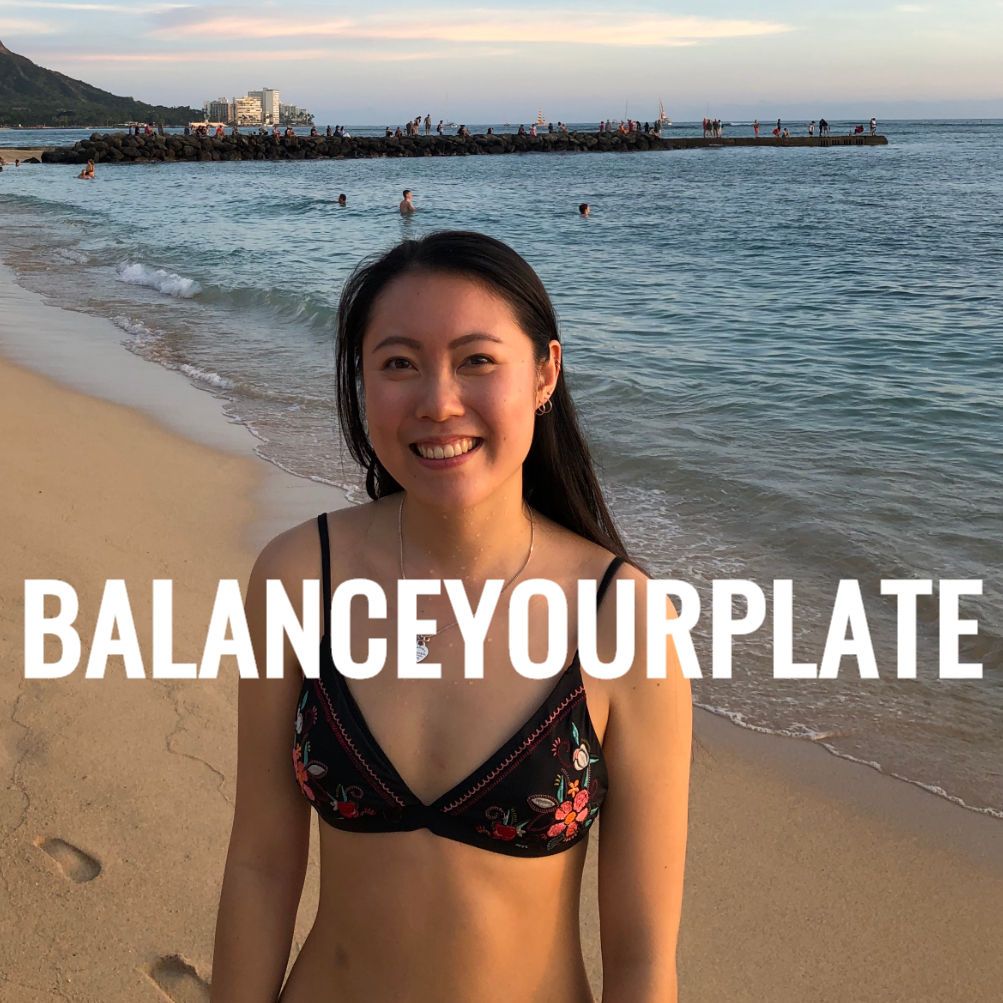$2.85 MIGHT NOT EVEN GET YOU A STORE BOUGHT COFFEE. IMAGINE LIVING OFF THAT FOR YOUR WHOLE LIFE.
Food insecurity: the state of being without reliable access to a sufficient quantity of affordable, nutritious food.
A few weeks ago, my dietetics class was tasked with the Tearfund Live Below the Line challenge, where you spend only $2.85 per day, or $14.25 over five days on food. This number represents the New Zealand equivalent of the international poverty line, of which over 700 million people live below globally. While NZ is fortunate to not experience poverty by ‘Third World’ standards, food insecurity is a huge issue faced by an increasing number of New Zealand families. In fact, 1 in 5 Kiwi children live in households without enough food.
Keep on reading to see how I survived for 5 days on $14.25 and get two dirt cheap recipes at the end.
How I Survived Living Below the Line
The Rules
The rules were pretty simple – you count what you eat and cannot accept offers of free food (like your flat mate pity-offering you a piece of chocolate).
What I did
I pulled up an Excel spreadsheet and meticulously planned, down to the gram, how much of what foods I would eat for five days. It was hard.
I could have bought a couple of dollar loaves of bread and called it a day, but as a future dietitian, I couldn’t help but wonder about the feasibility of following healthy eating guidelines when managing a tight budget.
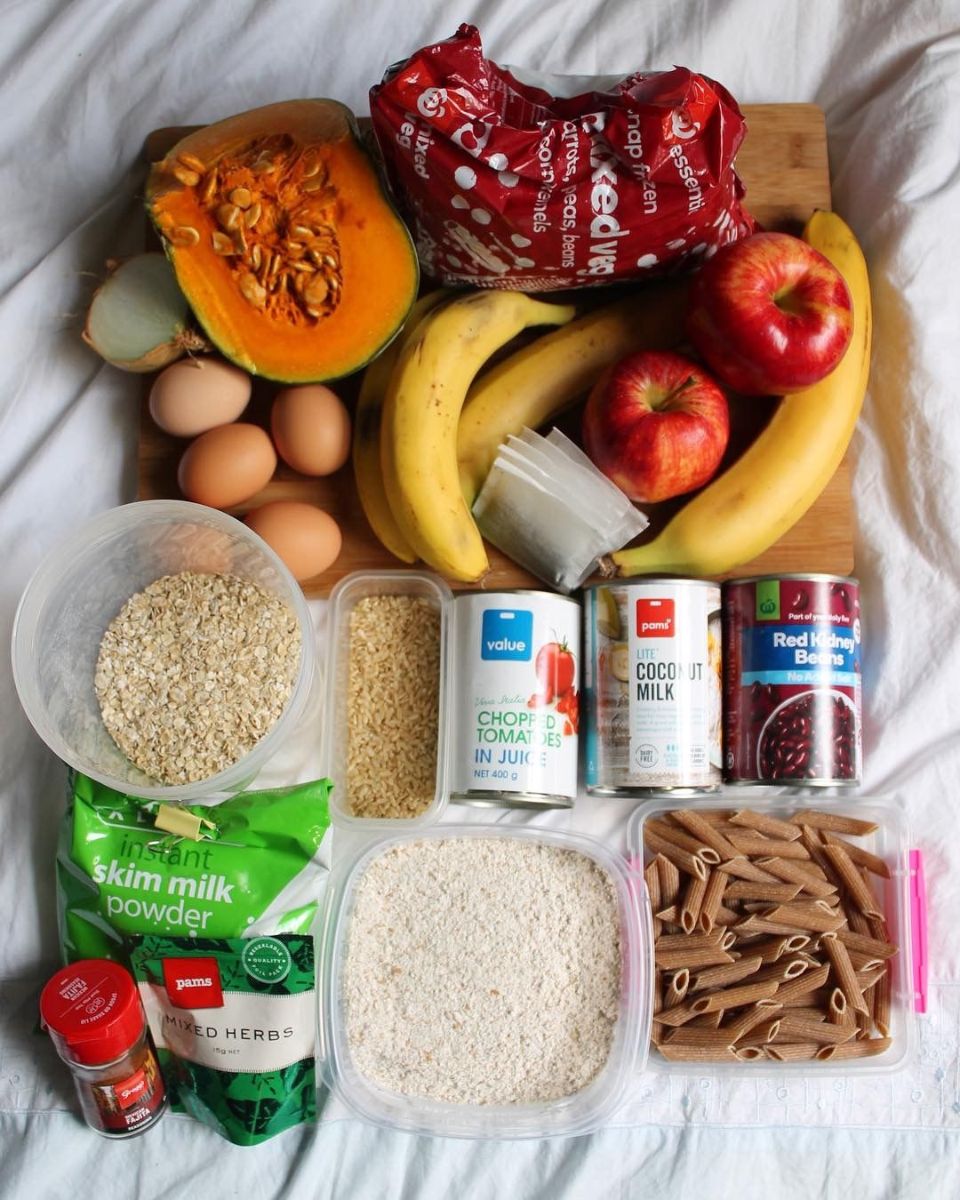
Overall… it just isn’t a lot of food! To think this should fuel me through my normal routines of uni, work and gym was a worry. Oh, and no coffee (until about day three when I started sacrificing my egg and oats for an instant coffee).
I managed to wrangle up some pretty healthy and tasty meals (you’ll find the recipes at the end), but this came down to the fact that I have spent almost four years studying nutrition and know how to cook in the first place.
Many people facing food insecurity do not have these resources, nor do they have hours to spend fiddling around on a spreadsheet to budget their grocery shop.

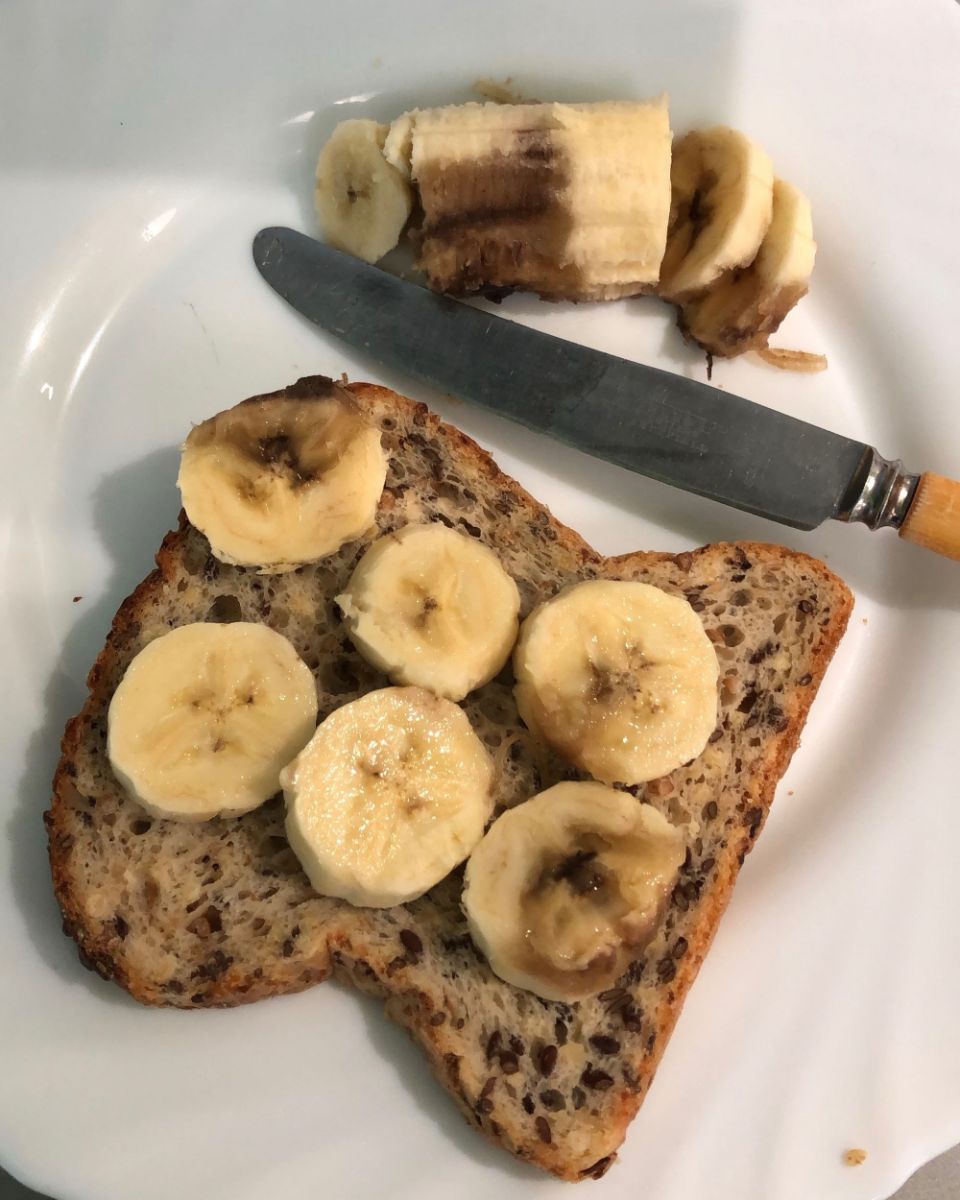
The less glamorous reality of oats made with a bit of milk powder, and mushy banana on toast (no peanut butter allowance in the budget sadly)
The hardest part for me was making sure to spread out my food across the day, because I couldn’t just have another banana or eat more at dinner if I got hungry. Also, missing out on friends going out for dinner kind of sucked, but what would $2.85 get me at a restaurant? Like a third of a bowl of fries? A tenth of a main dish?
Living Below The Line vs “Normal” Food
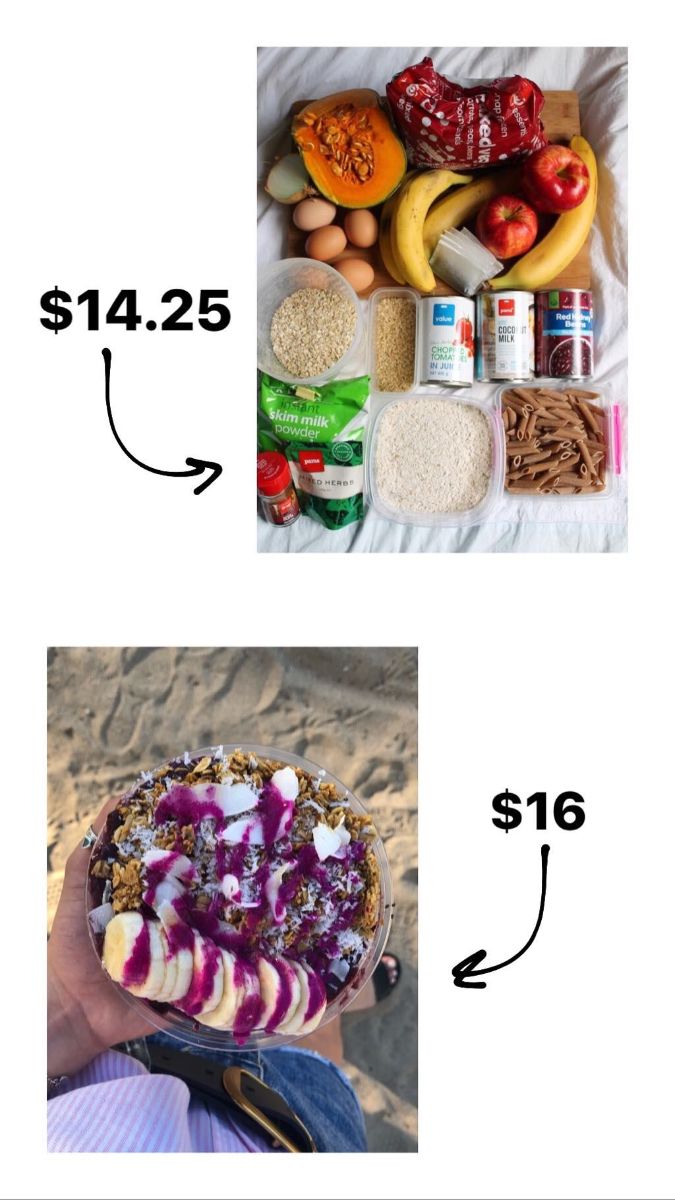
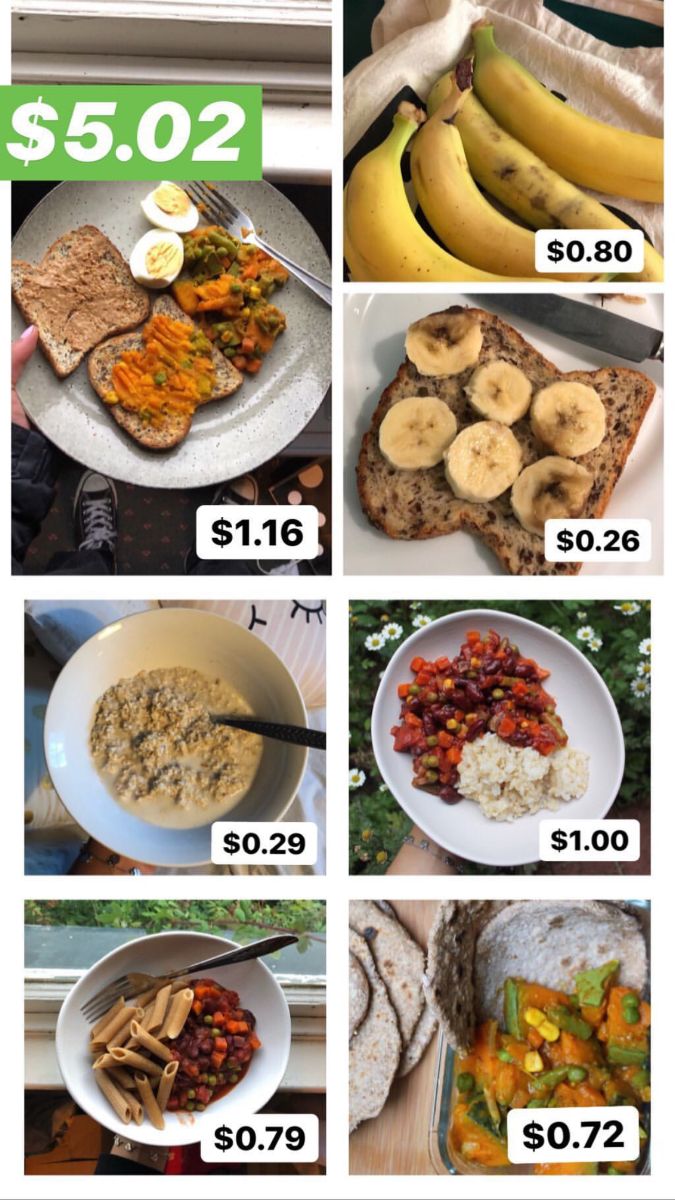
Overall takeaways from this challenge…
(1) Eating healthy on a budget is not impossible, but the truth is, families facing financial hardship need to keep tummies full, so low energy-density foods like vegetables may not be at the top of the shopping list.
We should be careful not to judge ‘poor’ families for buying junk food… trust me, even in my five days I considered just buying a $2 scoop of hot chips because it sure would be more satisfying than my bean and tinned tomato mix…
This is an interesting read, titled ‘No, poor New Zealand families can’t just ‘grow their own vegetables‘.
(2) Eating healthy can also be simple!
Instagram (and I am of course, guilty of this) tends to portray healthy food as involving fancy ingredients like chia seeds and quinoa, but basic/cheaper foods like frozen vegetables and brown rice also provide great nutrients.
(3) We are fortunate enough to have a choice.
We can choose to buy a coffee, we can choose to catch up with a friend over brunch, and we may even choose to have a night out and wake up to a bank statement with a few too many transactions at the bar. This may not happen every day or week, but most of us are lucky enough to be able to do these things without having to give up breakfast for a week…
I would really recommend giving this challenge a go! It is only a taster of what reality is for (too) many Kiwi families. It truly puts your lifestyle into perspective, and creates conversation about the issue of food insecurity in New Zealand.
Two Recipes For Dirt Cheap Meals
Here are two easy recipes that I tried whilst living below the line.

Mexican Beans With Rice
Serves 3 | Total cost $3.06
Note: makes 3 small portions; if you don’t have to cost it so strictly, you can use more ingredients to increase the portion size, or add extras to jazz it up (like sliced jalapeno peppers, cheese, capsicum, chilli powder etc.)
Ingredients:
- 1 can kidney beans (no added salt); $1.20
- 1 can diced tomato; $0.69
- 2t fajita seasoning (or mix of spices); $0.25
- 200g (~2C) frozen mixed vegetables; $0.46
- 1/4 medium brown onion, diced; $0.06
- Vegetable oil $0.1
- Dash of salt
- 90g uncooked brown rice (this is not a lot at across three portions! Onenormal suggested serving of rice is 90g); $0.3
- Start rice – either in rice cooker or on the stove
- Brown onion in hot oil, and then literally just put everything else in the pan and let it simmer; I microwaved my frozen mixed veg for a few minutes beforehand to save time.
Each portion provides around 1 serve of vegetables and 1 serve of plant protein, and a third of a serve of whole grains.
Curried Pumpkin With Homemade Flatbreads
Serves 3 | Total cost $2.15
Note: If budget allows, add brown lentils or chickpeas for some protein! Otherwise you could serve this as a side with a meat, or even just with eggs.
Ingredients:
- 1/3 pumpkin (I was lucky and got a huge one, so you may need more/less); $0.75
- 1/4 medium onion; $0.06
- 3t curry powder; $0.11
- 100mL lite coconut milk (quarter can); $0.3
- 300g mixed frozen veg; $0.69
- 200g flour + more for dusting; $0.24 + a few cents more
- 3/4C water
- Dash of salt
- Cut up pumpkin into chunks (easier if you roast until softer, then cut); I microwaved the cut up pieces until they were pretty much cooked to reduce simmering time later.
- Fry off diced onion and curry powder, then add frozen veg, pumpkin, coconut milk, salt and water (I just filled up the empty coconut milk can, swished it around and poured it into the pan).
- Simmer for about 20 minutes to let all the flavours infuse and liquid is reduced, but you can just cook it until the veg is cooked through
Flatbreads – mix 200g flour with salt and water (add a bit at a time, you don’t want the dough to be super sticky), turn out onto a floured surface and knead for a few minutes, then portion into six pieces and roll out nice and thin. Cook over a hot, dry pan until brown spots appear, then flip.
The curried pumpkin was definitely my favourite from the week, and I could not believe how cheap the flatbreads were to make (a tenth of the cost of buying pita pockets from the supermarket!).


